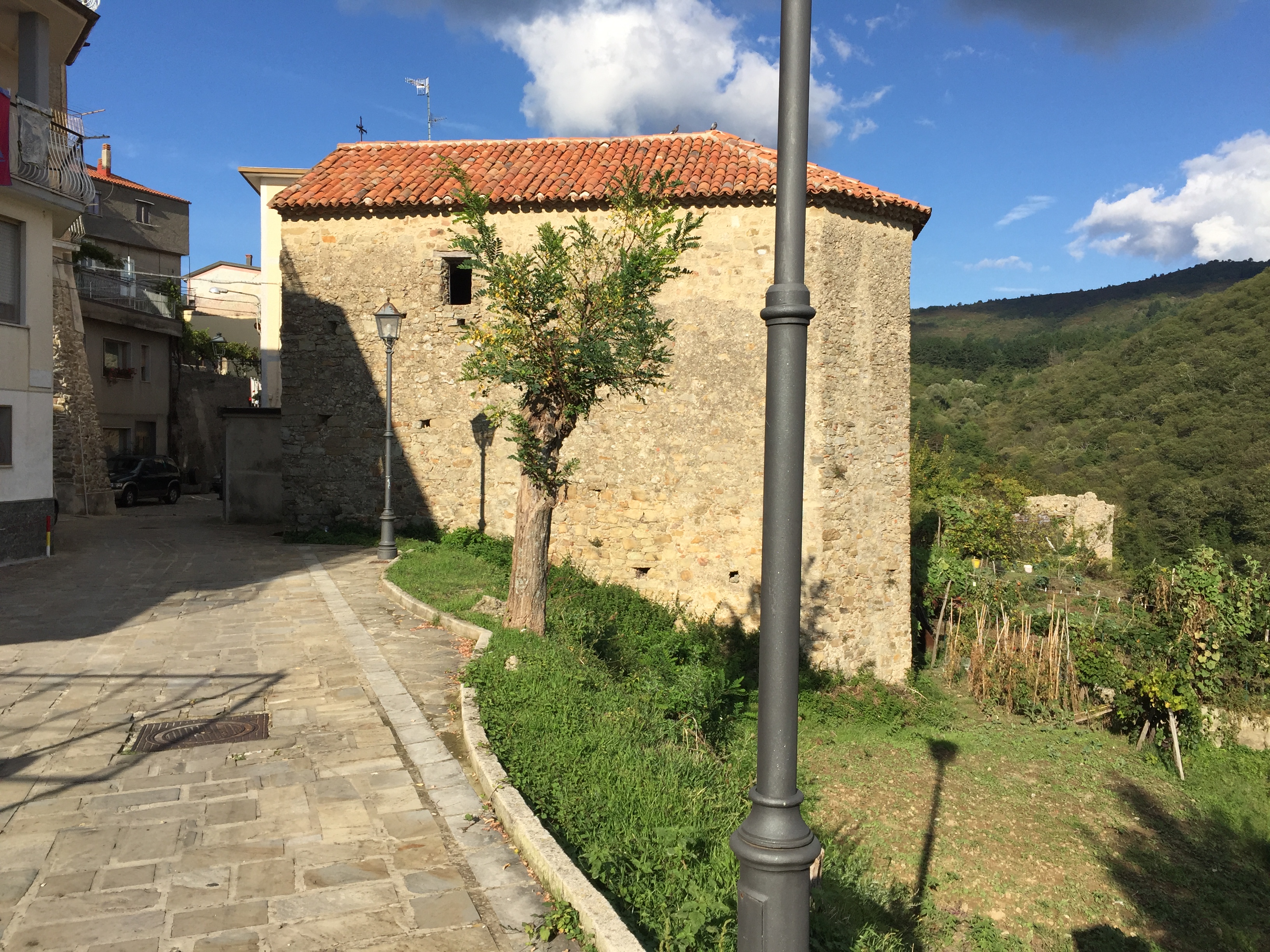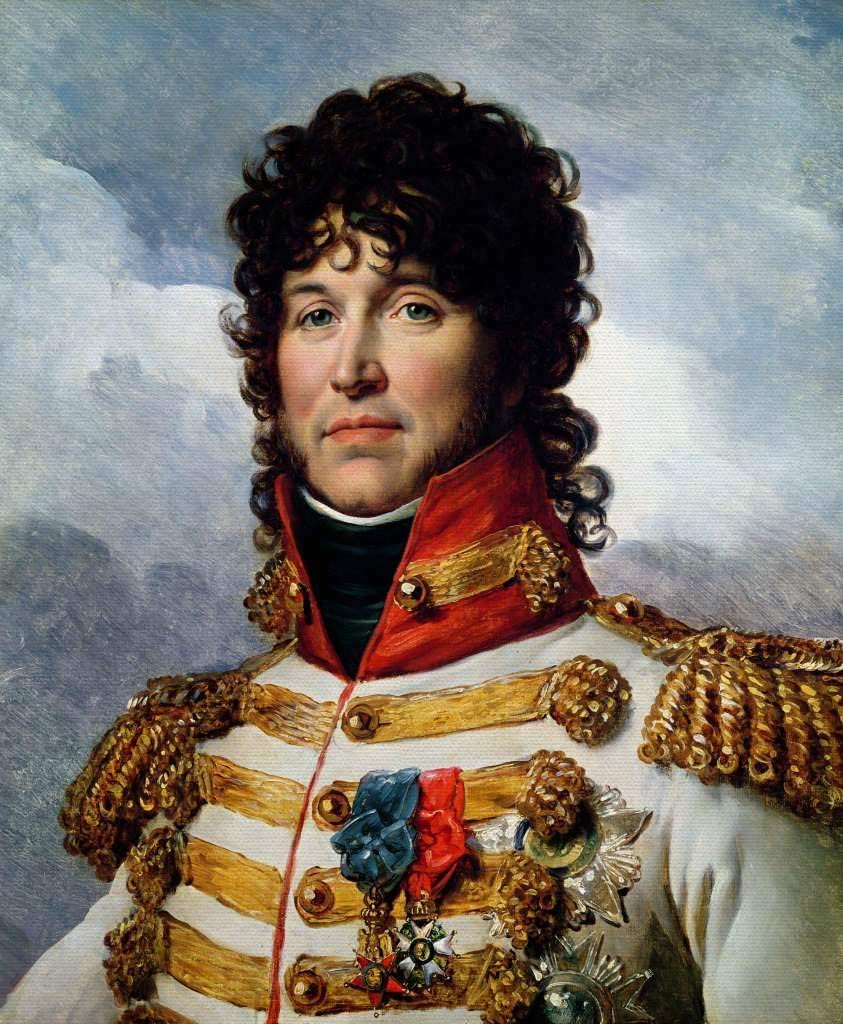|
Gioi
Gioi is a town and ''comune'' in the province of Salerno in the Campania region of south-western Italy. As of 2011 its population was of 1,339. History The comune of Gioi has a history that dates back well over 1000 years. The first permanent inhabitants may have been monks who settled there around the 11th century. The village was fortified in the 15th century, and parts of the fortifications still exist. The population peaked at about 18,000 in the mid 16th century before being decimated by a plague in 1556. A second plague occurred in 1645, after which the prosperity of the village went into long-term decline.Giuseppe Salati, ''L'Antica Gioi'', 1911 Geography Located in the middle of Cilento, Gioi borders with the municipalities of Campora, Moio della Civitella, Orria, Salento, Stio and Vallo della Lucania. It counts a single hamlet (''frazione''), that is the village of Cardile, 6 km far from it. Main sights ;Churches *Church of Sant'Eustachio *Church of San Nicola *Chu ... [...More Info...] [...Related Items...] OR: [Wikipedia] [Google] [Baidu] |
Giuseppe Salati
Giuseppe Giulio Salati (February 22, 1847 - July 29, 1930) was an Italian lawyer and author. He was a member of the Order of the Crown of Italy. Early life Giuseppe Giuilo Salati was the eldest son of Donato Antonio Salati (1819-1869) of Gioi and ''Marchessa'' Giuditta Rachele Cardone (1818-1891) of Prignano Cilento.Findagrave Memorial for Giuseppe Giulio SalatiGiuseppe Salati, ''L'Antica Gioi'' - Historical information, 1911, published by "La Meridionale", Bari, Italy He had three children with his wife ''Donna'' Beatrice Romano (1870-1952). The Giuseppe Salati family lived at 29 Via Giacumbi within the Commune of Gioi in the Italian Province of Salerno. Career Giuseppe Salati was a career lawyer within the Commune of Gioi. One notable case resulted in his authorship of a book In 1895 that examined when additional lists can be entered in testimony as evidence in civil matters.Salati, Giuseppe, ''Se e quando si possono ammettere liste suppletive nella prova e riprova testimo ... [...More Info...] [...Related Items...] OR: [Wikipedia] [Google] [Baidu] |
La Cappella Madonna Della Grazia
La Cappella Madonna della Grazia is a historic church building in Gioi, Italy. History La Cappella Madonna della Grazia was the private family chapel for the Salati family of Gioi, Italy.Giuseppe Salati, et al., ''L'Antica Gioi'', Edizioni Scientifiche Italiane, 2003 Gioi's Churches, SOGNA il Cilento Quarterly, Vol. 8, September 2007, p. 4Cappella Madonna delle Grazie di Gioi, SOGNA il Cilento Quarterly, Vol. 15, June 2016, p. 5 The chapel was built about 1600, and during renovations it was discovered that the original owners were the De Marco family, also of Gioi. The chapel fell into disuse in the 1800s and now is owned by the government of Italy. The roof has been restored, but the interior requires substantial renovation. See also * Chapel * Christianity in Italy * Religion in Italy Religion in Italy is characterised by the predominance of Christianity and an increasing diversity of religious practices, beliefs and denominations. Most Christians in Italy adhere to ... [...More Info...] [...Related Items...] OR: [Wikipedia] [Google] [Baidu] |
Armando Salati
Armando Salati (1884–1963) was an Italian Vice Consul to the United States, and Philadelphia Honorary Consul from 1913-1940. Family Armando Salati, born June 20, 1884, was the eldest son of Ottavio and Adelaide Salati of the Comune di Gioi, Campania, Italy.Findagrave Memorial for Armando Salati Armando married Julia LaFazia in Philadelphia, Pennsylvania on February 2, 1914; and they had eight children, one of which died as an infant. Career After graduating from law school in Italy, Armando Salati became a Lieutenant in the Italian Army. In 1912, he was offered an opportunity from the King of Italy to join the Italian Consulate in the United States. As Italian Vice Consul, he became Philadelphia Honorary Consul, serving from 1913 to 1940.''Biographic Register'', United States Department of State, page 331, 1929''Foreign Consular Offices in the United States'', Department of State, page 28, 1939 [...More Info...] [...Related Items...] OR: [Wikipedia] [Google] [Baidu] |
Cardile
Cardile is a southern Italian village and the only hamlet (''frazione'') of Gioi, a municipality in the province of Salerno, Campania. As of 2009 its population was of 614. History The village was founded in the 11th century, around an ancient '' Lavra Basiliana'' named "La Laura". In 1754 the village was divided into 3 wards: Piedicardile, in the lower side; Mezzocardile, in the middle; and Capocardile, in the upper side. Geography Cardile is located in the middle of Cilento, and is part of its national park. It is a hillside village that lies below the mountains Velosa (943 m) and Tempa del Bosco (908 m), both part of the Southern Apennines. The village is 6 km from Gioi, 5 from Moio della Civitella, 8 from Vallo della Lucania, 11 from Stio, and 23 from the Ancient Greek town of Velia. Other nearby villages are Pellare (6 km), and Angellara (7 km). A few km south of the village, there are the springs of the Fiumarella, a tributary creek of the river Alent ... [...More Info...] [...Related Items...] OR: [Wikipedia] [Google] [Baidu] |
Saint Nicholas
Saint Nicholas of Myra, ; la, Sanctus Nicolaus (traditionally 15 March 270 – 6 December 343), also known as Nicholas of Bari, was an early Christian bishop of Greek descent from the maritime city of Myra in Asia Minor (; modern-day Demre, Turkey) during the time of the Roman Empire. Because of the many miracles attributed to his intercession, he is also known as Nicholas the Wonderworker. Saint Nicholas is the patron saint of sailors, merchants, archers, repentant thieves, children, brewers, pawnbrokers, unmarried people, and students in various cities and countries around Europe. His reputation evolved among the pious, as was common for early Christian saints, and his legendary habit of secret gift-giving gave rise to the traditional model of Santa Claus ("Saint Nick") through Sinterklaas. Little is known about the historical Saint Nicholas. The earliest accounts of his life were written centuries after his death and probably contain legendary elaborations. He is ... [...More Info...] [...Related Items...] OR: [Wikipedia] [Google] [Baidu] |
Stio
Stio is a town and ''comune'' in the province of Salerno in the Campania region of south-western Italy. As of 2016, its population was 872. History The village was founded in the beginnings of the 11th century. The origin of the name is debated, and it has been supposed it could derive from the Latin word ''Ostium'' ("entrance"), or others. Geography Located in the middle of Cilento, and part of its national park, Stio is a hilltown near the springs of Alento river and the forest area of Pruno. The municipality borders with Campora, Gioi, Laurino, Magliano Vetere and Orria. It counts a single hamlet (''frazione''), that is the village of Gorga, 3 km far from it and with a population of 160. The town is composed by the medieval old town and spans, along the national highway SR 488, with two more recent areas: Via Amendola in the west, and Via Mazzini in the east. The upper area, named Piano del Rosario and composed by some scattered houses surrounded by a forest, is locat ... [...More Info...] [...Related Items...] OR: [Wikipedia] [Google] [Baidu] |
Cilento And Vallo Di Diano National Park
Cilento, Vallo di Diano and Alburni National Park ( Italian ''Parco Nazionale del Cilento, Vallo di Diano e Alburni'') is an Italian national park in the Province of Salerno, in Campania in southern Italy. It includes much of the Cilento, the Vallo di Diano and the Monti Alburni. It was founded in 1991, and was formerly known as the Parco Nazionale del Cilento e Vallo di Diano. History The park was officially instituted on December 6, 1991 to protect the territory of Cilento from building speculation and mass tourism. Originally named Parco Nazionale del Cilento e Vallo di Diano, in 1998 it became a World Heritage Site of UNESCO, also with the ancient Greek towns of Paestum, Velia and the Padula Charterhouse. The other natural reserves instituted in the area of the park are the "Natural reserve of Foce Sele- Tanagro" (created in 1993, with the Oasis of Persano) and the "Maritime reserve of Punta Licosa", in the municipality of Castellabate. Geography The national park's t ... [...More Info...] [...Related Items...] OR: [Wikipedia] [Google] [Baidu] |
Bari
Bari ( , ; nap, label= Barese, Bare ; lat, Barium) is the capital city of the Metropolitan City of Bari and of the Apulia region, on the Adriatic Sea, southern Italy. It is the second most important economic centre of mainland Southern Italy after Naples. It is a port and university city, as well as the city of Saint Nicholas. The city itself has a population of 315,284 inhabitants, over , while the urban area has 750,000 inhabitants. The metropolitan area has 1.3 million inhabitants. Bari is made up of four different urban sections. To the north is the closely built old town on the peninsula between two modern harbours, with the Basilica of Saint Nicholas, the Cathedral of San Sabino (1035–1171) and the Hohenstaufen Castle built for Frederick II, which is now also a major nightlife district. To the south is the Murat quarter (erected by Joachim Murat), the modern heart of the city, which is laid out on a rectangular grid-plan with a promenade on the sea and th ... [...More Info...] [...Related Items...] OR: [Wikipedia] [Google] [Baidu] |
Vallo Della Lucania
Vallo della Lucania (commonly known simply as ''Vallo'') is a town and ''comune'' in the province of Salerno in the Campania region of south-western Italy. It lies in the middle of Cilento and its population is 8,680.Source Istat 2011 History A settlement called ''Castrum Cornutum'' (meaning: "Fortress of Cornutans") is documented in the 13th century: according to the Italian historian Giuseppe Maiese, it had been founded by colonists from Cornutum, an ancient city in . In the ...[...More Info...] [...Related Items...] OR: [Wikipedia] [Google] [Baidu] |
Salento, Campania
Salento is a town and ''comune'' in the province of Salerno in the Campania region of south-western Italy Italy ( it, Italia ), officially the Italian Republic, ) or the Republic of Italy, is a country in Southern Europe. It is located in the middle of the Mediterranean Sea, and its territory largely coincides with the homonymous geographical .... References External links Cities and towns in Campania Localities of Cilento {{Campania-geo-stub ... [...More Info...] [...Related Items...] OR: [Wikipedia] [Google] [Baidu] |
Orria
Orria is a town and ''comune'' in the province of Salerno in the Campania region of South-western Italy. As of 2011, its population was of 1161. History The origins of town, around the 6th century, are uncertain, and possibly related to the destruction of the Ancient Greek city of Velia. Orria became an autonomous municipality in 1806, including also the town of Perito. Geography Located in the middle of Cilento, and part of its national park, Orria is a hilltown whose municipality borders with Gioi, Magliano Vetere, Monteforte Cilento, Perito, Salento and Stio. Its hamlets (''frazioni'') are the villages of Casino Lebano (pop.: 69) and Piano Vetrale (pop.: 475). Demographics Colors= id:lightgrey value:gray(0.9) id:darkgrey value:gray(0.7) id:sfondo value:rgb(1,1,1) id:barra value:rgb(0.6,0.7,0.8) ImageSize = width:500 height:373 PlotArea = left:50 bottom:50 top:30 right:30 DateFormat = x.y Period = from:0 till:2500 TimeAxis = orientation:vertical AlignBars = just ... [...More Info...] [...Related Items...] OR: [Wikipedia] [Google] [Baidu] |


